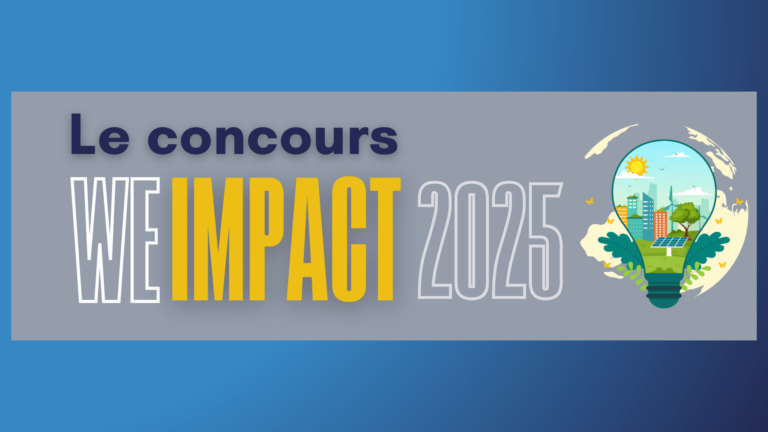"This support has been very beneficial to us. We are very satisfied with the human aspect of this process. We had very professional, very understanding people in front of us, really concerned about bringing us very specific elements."
Olivier DEMEURE, Deputy General Manager
The Grimaud Group is a French multinational specializing in multi-species genetic selection, with headquarters in the Pays de la Loire region. The group has 1850 employees spread over 10 subsidiaries.
Problems of the Grimaud Group
Harmonize all subsidiaries by creating a cross-functional R&D and marketing unit to align innovation capabilities with corporate strategy
Accompanying G.A.C. Group
Groupe Grimaud received 4 months' support in 2020 to carry out an innovation diagnosis using InnoSurvey® technology.
Solutions provided by G.A.C. Group:
Environmental scan Interviews with members of the management team to understand the context and issues related to the field of activity
Diagnostic Quantitative questionnaire processed using Innosurvey® technology and addressed to 3 profiles: 7 to 10 managers; 8 to 20 employees; 5 to 10 external parties (customers, suppliers, service providers)
Results analysis Conducting group workshops to validate or invalidate certain hypotheses
Summary and recommendations Proposals for complementary actions (training in corporate culture, participatory workshop on customer knowledge, training on governance tools, etc.)
Groupe Grimaud benefited from :
- Innosurvey® results and associated interpretations
- Transcript of the collective workshops
- Satisfaction questionnaire on the mission and results obtained
- Proposals for additional priority actions
What were the results?
- Collective awareness of the scope of "innovation" within a company beyond the R&D department
- Initial findings on areas of improvement to become a leader in their field of activity: customer knowledge, cross-functional internal communications
- Proposal to build a process backbone through training on the MVIS (Minimum Viable Innovation System) - Agile Method
- Assessment of the current state of affairs, leading to the creation of a cross-functional roadmap for the entire group
Customer testimonial
The feedback from Oliver DEMEURE
We are a family-owned group created in 1966 and specialized in animal genetics, biopharmaceuticals (vaccines for humans and animals) and novel farming (precision breeding and emerging animal proteins). Our activities are spread over 18 subsidiaries around the world, with a turnover of €325 million and 1,800 employees.
As Scientific Director, I lead the group's R&D strategy. If each subsidiary has its own objectives and R&D teams, my mission is to deploy a global vision of our strategy which will be executed in a different way depending on each subsidiary and each market context.
Our role is to implement transversality between the different teams: sharing our know-how, duplicating our best practices and pooling investments. My role also extends to supporting innovative projects beyond existing structures (with startups, for example) and finally interactions with our academic partners, which are essential for research. The genetic selection markets are generally mature and largely consolidated, which makes them markets with very high R&D stakes and significant competition. The main challenge is of course product performance, but service innovation is also becoming an important differentiation criterion: we must always be at the forefront on these two subjects.
For a long time, the focus was on product and technological innovation. Other types of innovation (business model, services, management, organization, etc.) existed, but were poorly structured. What's more, the Group's various departments did not really embrace this culture of innovation. Innovation processes that go beyond the pure R&D framework are much less established and natural in our organization. We realized that if we were to successfully implement an innovation strategy that went beyond the strict confines of the product, we needed to extend a certain culture and processes to the entire organization.
We therefore wanted to raise awareness of these competitive challenges, and then train our teams in global, cross-functional innovation: everyone has to be a contributor, whatever their department, subsidiary or country.
The main objective of the first diagnosis was to draw up a quantifiable and pragmatic report on our current practices. All the fundamental factors determining innovation performance were taken into account (16 innovation axes, leadership, roles, culture, etc.)
We set up this Diagnostic in May 2020. To do so, we interviewed 3 groups of people: the management committee of the subsidiaries, their key employees (with a sufficiently broad view of the different departments of the company) as well as external third parties (customers and suppliers) in order to have a complete view of the company's perception.
These 30 to 40 people per subsidiary responded to the survey launched by G.A.C., whose conclusions were then presented to the Management Committees. We then used these findings to launch an active approach to innovation processes.
After becoming aware of the need for more cross-functional innovation, we wanted to enter a more concrete phase of testing new practices. A training session on innovation management methodologies was therefore organized for the reference members of each subsidiary. We will then carry out a POC (Proof Of Concept) on an initial cross-functional topic, and then put in place an action plan in early 2021.
In addition to these actions, we have been able to identify areas for improvement (cultural, managerial, organizational inhibitors, etc.) or untapped potential (targeted strengthening of innovation capacities that support our growth and profitability strategy). Finally, a follow-up will be set up in each monthly management committee to ensure that the new processes are properly implemented. The aim is to lead this change management around the culture of innovation without burdening our governance.
In conclusion, this diagnosis allowed us to create a common language, to strengthen the culture of innovation beyond R&D, to mobilize and unite all the teams around a clear and shared vision on the priority axes of improving the efficiency of our development strategy, taking into account the challenges of our current and future markets.








